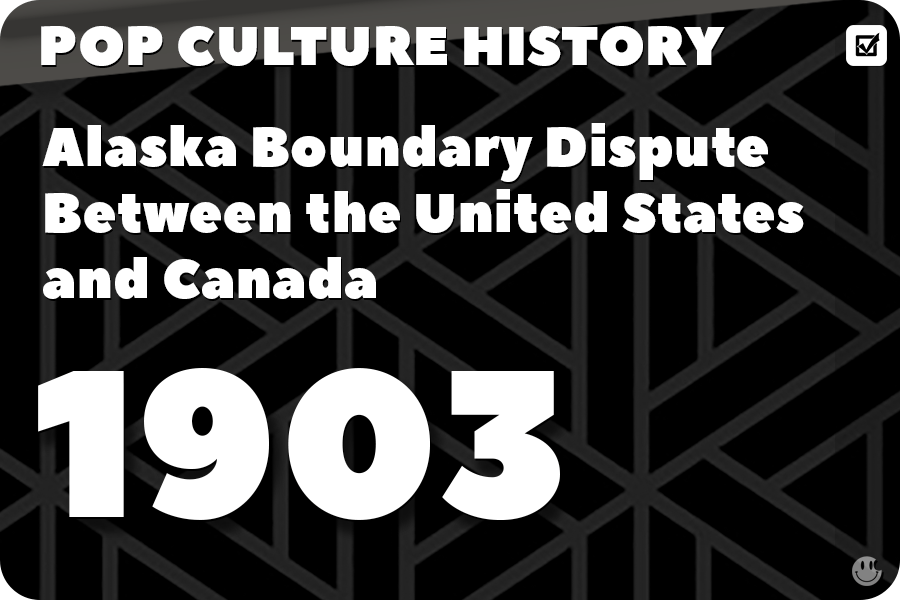 |
Alaska Boundary Dispute Between the United States and Canada |
The Alaska Boundary Dispute was a territorial disagreement between the United States and Canada (then a British Dominion) regarding the border between Alaska and Canada. The dispute was primarily driven by the discovery of gold in the Klondike region of the Yukon Territory, which led to the Klondike Gold Rush and increased tensions over access to natural resources. Dates and Details:
Alaska Boundary Dispute Facts:
Effects on Pop Culture:
Prominent People and Countries:
|









